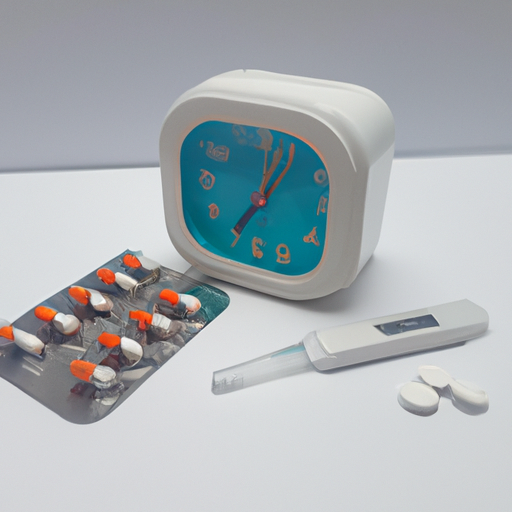The shelves of Japan’s convenience stores change with the seasons, but winter brings a particularly unusual addition: stainless steel food warmers installed next to the checkout counter containing oden, a stew of tofu, boiled eggs, daikon, fish cakes and other ingredients simmered in a dashi broth. You may wonder why this rather homey dish — which looks like it belongs on a grandmother’s stove — is sold alongside fried chicken, rice balls and sandwiches. Oden is one of the oldest fast foods in Japan, with roots stretching back hundreds of years.
The word “oden” is usually written phonetically in hiragana, but when written with kanji the “den” is the character for “rice field” (the “o” is honorific). The predecessor of oden is miso dengaku, which originally consisted of squares of skewered tofu grilled over charcoal and topped with a miso sauce. The miso-clad white tofu on bamboo skewers was so named because it reminded people of the dengaku, a rice planting and harvest ritual dance where dengaku-hōshi (priests) clad in white hakama (a traditional type of trousers) and colorful coats dance on tall bamboo stilts. Miso dengaku became a beloved snack, especially during the cold winter months as tofu retains its heat when cooked.
In the 18th century, casual eateries in Edo (present-day Tokyo) called nameshi-ya started serving rice mixed with chopped greens and a side of miso dengaku made with tofu or konnyaku (devil’s tongue jelly). The same ingredients were later served simmered together in a broth — the forerunner of oden as we know it today. Oden eventually became popular as a quick snack served from roadside stalls, since a pot could be kept simmering indefinitely, with new contents added when necessary.
What goes into an oden pot varies depending on where you grew up. There are some essential ingredients, including daikon radish, tofu (fried or not) and ganmodoki, a kind of tofu dumpling. Hardboiled eggs are also essential to oden (though some people insist on including boiled potatoes), and it’s all eaten with a dab of spicy mustard.
In the Kanto region, the base is a clear light dashi stock made with konbu (kelp) and bonito flakes, and includes a variety of ingredients made with fish-paste, including chikuwa, snow white hanpen, satsuma-age and ikamaki. By contrast, in Shizuoka the simmering broth is very dark and rich due to the use of dark soy sauce and chicken bones, and all the added items are skewered before being added to the broth rather than kept loose as in Kanto. Classic Shizuoka ingredients include beef tendon (which has become popular nationally), black hanpen and even whale tongue (rare these days), which are eaten with miso, ao-nori seaweed powder and fine bonito flakes.
The included recipe is for a Kanto-style oden, which is probably the easiest to make (you can even purchase prepackaged oden sets at the supermarket). You can cook oden in the kitchen and ladle it out for diners, but this centuries-old fast food is best served and enjoyed from a pot directly on the table.







0 Comments